A Selection Of Backgrounds From The Steven Universe Episode: Mirror Gem
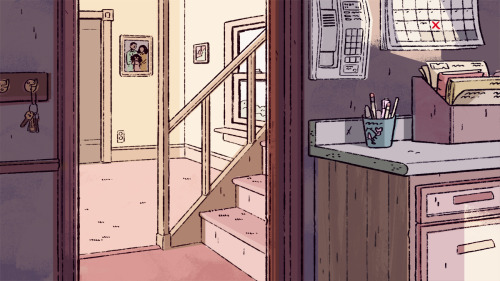

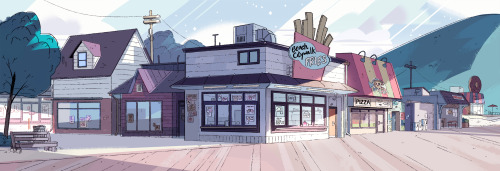
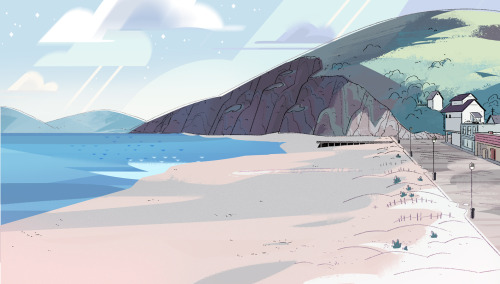
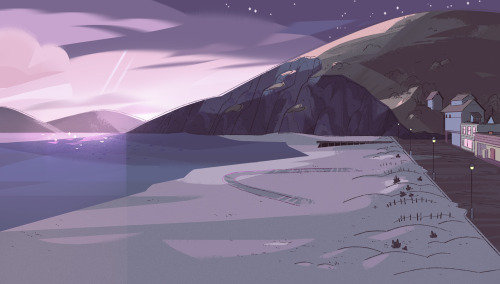
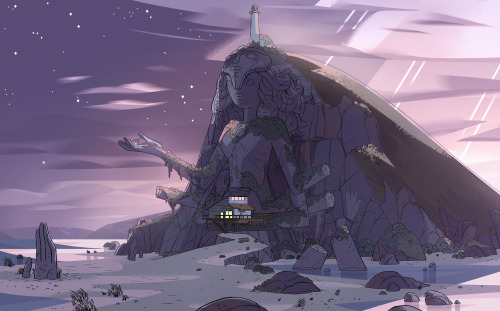
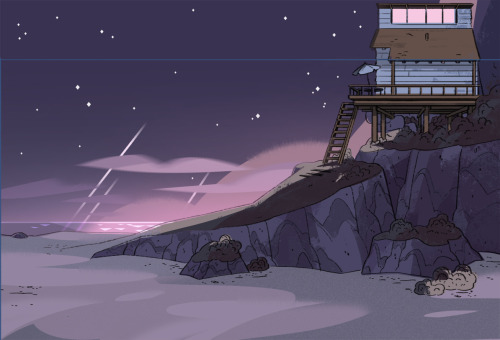


A selection of Backgrounds from the Steven Universe episode: Mirror Gem
Art Direction: Elle Michalka
Design: Steven Sugar, Emily Walus
Paint: Amanda Winterstein, Jasmin Lai
More Posts from Adamfloresdotstudio and Others

«Ascension»

(Untitled) by DoctorLanceBoyle3000 (2013)
Sharpie on paper

Leo Baxendale’s Bash Street Kids “play” “football” against the school’s prefects
(sad that i seem to be the only person who’s uploaded any of this man’s work to tumblr this year… check the tag)
twitter got me like...


GUNTA STÖLZL



Blender Cycles Shadow/Splash Board
Hey guys. so for my most recent project I’ve been working with compositing inside the Blender Cycles engine. Up until fairly recently it wasn’t possible to create a shadow board within Cycles alone, instead requiring awkward and complex work around using both the new and old engines to fake the effect. In fact one of my first posts to this blog was to demonstrate this using both shadow boards and sub-surface scattering. Thankfully a shadow input (among others) has finally been added allowing us to finally create a composite scene entirely using the Cycles engine.
The setup above shows how this is executed. By placing your objects and your environment into separate render layers you can mask each from the other in the scene panel. This means when rendering the ground, the foreground object appears black. Vice versa for the object layer. When inside the compositor you can render out separate channels of ambient occlusion, shadow and indirect diffuse from the environment layer. This is important as it gives you control over the look and intensity of each parameter to match the scene you’re compositing into. These parameters can be seen individually in the bottom left of the second image. The indirect diffuse layer must be added back into the mix after the video plate is introduced to add bounce light back onto the floor. This is especially important for glossy or brightly coloured objects which reflect light. That pretty much sums up what is needed, after all this time it is fairly quick to achieve a reasonable looking composite using the compositor almost exclusively.
The only thing I haven’t mentioned is the reflection on the cube which I achieved using a quick and dirty 2.5D projection to the floor, which is necessary for reflective objects. I’ll be posting a follow up to this soon describing how to achieve a complex composite where masks, holdout objects and lights are introduced which is a whole different story. Until then I hope you enjoy!









![Isometric Map [Test08]](https://64.media.tumblr.com/tumblr_lzly0dFo3Z1qa8h8uo1_500.png)
Isometric Map [Test08]
-
 nia1sworld reblogged this · 1 week ago
nia1sworld reblogged this · 1 week ago -
 nia1sworld liked this · 1 week ago
nia1sworld liked this · 1 week ago -
 fatimbrissi liked this · 2 months ago
fatimbrissi liked this · 2 months ago -
 himejoshi-homosexual reblogged this · 4 months ago
himejoshi-homosexual reblogged this · 4 months ago -
 katiewolfgirl7 liked this · 7 months ago
katiewolfgirl7 liked this · 7 months ago -
 gemstonenostalgia reblogged this · 8 months ago
gemstonenostalgia reblogged this · 8 months ago -
 annoyingmoth liked this · 9 months ago
annoyingmoth liked this · 9 months ago -
 lavenderbabu liked this · 10 months ago
lavenderbabu liked this · 10 months ago -
 noisydetectivegalaxy liked this · 1 year ago
noisydetectivegalaxy liked this · 1 year ago -
 hddjjdnfnf liked this · 1 year ago
hddjjdnfnf liked this · 1 year ago -
 moon-sprite025 liked this · 1 year ago
moon-sprite025 liked this · 1 year ago -
 moonipes reblogged this · 1 year ago
moonipes reblogged this · 1 year ago -
 moonipes liked this · 1 year ago
moonipes liked this · 1 year ago -
 thatsjustpaint-blog liked this · 1 year ago
thatsjustpaint-blog liked this · 1 year ago -
 catscratchcomic liked this · 1 year ago
catscratchcomic liked this · 1 year ago -
 azura-the-underrated liked this · 1 year ago
azura-the-underrated liked this · 1 year ago -
 romanthe reblogged this · 1 year ago
romanthe reblogged this · 1 year ago -
 river-starling reblogged this · 1 year ago
river-starling reblogged this · 1 year ago -
 river-starling liked this · 1 year ago
river-starling liked this · 1 year ago -
 pongos-adventure reblogged this · 1 year ago
pongos-adventure reblogged this · 1 year ago -
 glitchven liked this · 1 year ago
glitchven liked this · 1 year ago -
 trizchase liked this · 1 year ago
trizchase liked this · 1 year ago -
 chumbugzzz liked this · 1 year ago
chumbugzzz liked this · 1 year ago -
 allpurble liked this · 1 year ago
allpurble liked this · 1 year ago -
 sweethashoney liked this · 1 year ago
sweethashoney liked this · 1 year ago -
 kikirei liked this · 1 year ago
kikirei liked this · 1 year ago -
 fyrnnn liked this · 1 year ago
fyrnnn liked this · 1 year ago -
 brydav-massbear liked this · 2 years ago
brydav-massbear liked this · 2 years ago -
 alicon0silver reblogged this · 2 years ago
alicon0silver reblogged this · 2 years ago -
 alicon0silver liked this · 2 years ago
alicon0silver liked this · 2 years ago -
 lurkwoods liked this · 2 years ago
lurkwoods liked this · 2 years ago -
 pokeblader3 reblogged this · 2 years ago
pokeblader3 reblogged this · 2 years ago -
 makeitcartoony reblogged this · 2 years ago
makeitcartoony reblogged this · 2 years ago -
 kikyo9771 liked this · 2 years ago
kikyo9771 liked this · 2 years ago -
 mangaco202 liked this · 2 years ago
mangaco202 liked this · 2 years ago -
 shoomidoob liked this · 2 years ago
shoomidoob liked this · 2 years ago -
 benfig liked this · 2 years ago
benfig liked this · 2 years ago -
 looneygoons liked this · 2 years ago
looneygoons liked this · 2 years ago -
 vendeavendea liked this · 2 years ago
vendeavendea liked this · 2 years ago -
 steeneewii liked this · 2 years ago
steeneewii liked this · 2 years ago -
 megasocky liked this · 2 years ago
megasocky liked this · 2 years ago -
 grazingthedisco reblogged this · 2 years ago
grazingthedisco reblogged this · 2 years ago -
 sweettasty-n-tan liked this · 2 years ago
sweettasty-n-tan liked this · 2 years ago -
 mackened-cheese liked this · 2 years ago
mackened-cheese liked this · 2 years ago -
 pancokes reblogged this · 2 years ago
pancokes reblogged this · 2 years ago
